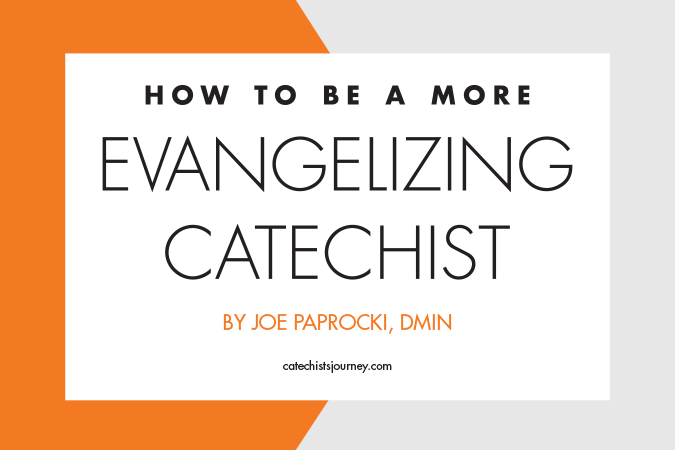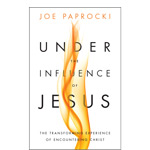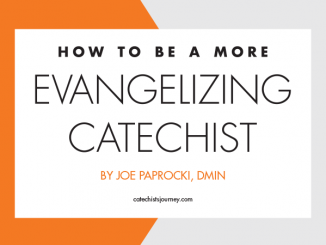
We began our series on how to be a more evangelizing catechist by talking about the need to proclaim an alternate reality (the Kingdom of God) to our brokenness. Today, we continue by emphasizing that the way to this alternate reality is Jesus Christ and that we are incapable of getting there on our own; we need a divine intervention.
I’m sure you are familiar with the concept of an intervention: a carefully planned gathering of trusted family and friends in which they confront a loved one about his/her addiction and offer an opportunity to get treatment. The rationale behind an intervention is that the person afflicted with an addiction is incapable of saving him- or herself—the initiative must come from outside of the individual. In essence, it is a recognition that we are incapable of healing ourselves of our own dysfunctions.
In our faith formation, we need to make clear that, when it comes to the power of sin, we are incapable of overcoming on our own (that’s the essence of original sin), which is why God carefully planned an intervention—the Incarnation—to confront us lovingly with our need to repent and to accept the opportunity to enter into “recovery” through Jesus Christ. Bishop Robert Barron often emphasizes the importance of presenting Jesus Christ, not simply as a wise philosopher, a smart teacher, or a swell fella, but as a Savior! He uses the following image: Imagine you are sinking in a pool of quicksand. You don’t want a philosopher to come by to talk about the existential ramifications of your situation! You need someone to save you!
We said before that we live in a broken world—the human family is dysfunctional. We can only be lifted out from this “pool of quicksand” known as sin by a power beyond ourselves. It is the same logic used in Twelve-Step programs: the first step in recovery is to admit powerlessness over the addiction (and that one’s life has become unmanageable), while the second step is to believe that a Power greater than oneself can restore one to sanity. This “Power greater than ourselves” is God, who “so loved that world, that he gave his one and only Son, that whoever believes in him should not perish, but have eternal life.” (John 3:16)
So how does this manifest itself in faith formation?
- First and foremost, it means that our catechesis must be Christocentric; in other words, it’s all about Jesus! Our mandate is to put those we teach, “not only in touch, but also in communion and intimacy, with Jesus Christ.” (General Directory for Catechesis, 80) We bring others into “communion and intimacy” with Jesus, not only by talking about him, but by inviting those we teach to encounter him through prayer. Our entire session should take place within a climate of prayer, so that our approach resembles the Mass more than class. More specifically, we need to lead those we teach in experiences of reflective prayer during which they can talk and listen to God speak to their hearts. We must not only teach prayers, but more importantly, how to pray. St. Ignatius of Loyola said that prayer should resemble “one friend speaking to another.” It is our job as catechists to introduce young people to this trusted friend, Jesus Christ.
- Second, we must speak more candidly about our own relationship with Jesus Christ. As Catholics, we too often hide behind sterile language such as, “The Church says…” or “The Catechism teaches us…,” rather than directly mentioning the name of Jesus Christ so that those we teach know and realize this is a relationship we are inviting them into.
In advertising, marketers present their product or service as a game-changer and a necessity, and as coming from a trusted source. We must do no less. We do not invite people to “sprinkle a little Jesus” into their lives to make it a little sweeter. Rather, we proclaim Jesus as a game-changer—a necessity if we hope to overcome our human dysfunction—and as a trusted source: no ordinary man but “God from God, Light from Light, true God from true God, begotten, not made, consubstantial with the Father!”
Read the other articles in the How to Be a More Evangelizing Catechist series.
 Download a flyer of the nine strategies. Go deeper with these ideas by reading my book, Under the Influence of Jesus: The Transforming Experience of Encountering Christ.
Download a flyer of the nine strategies. Go deeper with these ideas by reading my book, Under the Influence of Jesus: The Transforming Experience of Encountering Christ.





Be the first to comment